These adorable bomb-sniffing rats are saving lives
Cambodia, and other countries like Vietnam, Mozambique, and Angola contain millions of potentially-deadly unexploded mines. Up to 6 million mines were planted in Cambodian fields during the country's civil war in the 1970s.

All of these millions of mines need to be dug up by hand, but first they need to be found. There are major hurdles to finding these mines before someone ends up wandering through a field, stepping on it, and potentially losing limbs or worse.
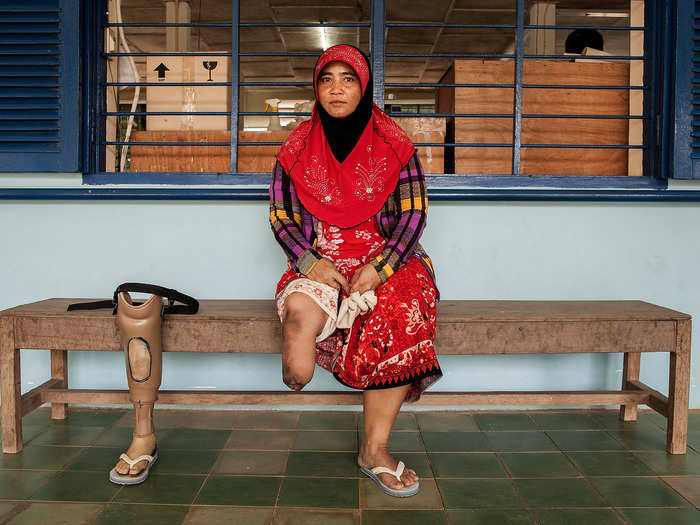
But metal detectors pick up every little scrap of metal that people then have to investigate, and dogs — while good at detecting explosives when trained well — are limited to working with just their own handler.
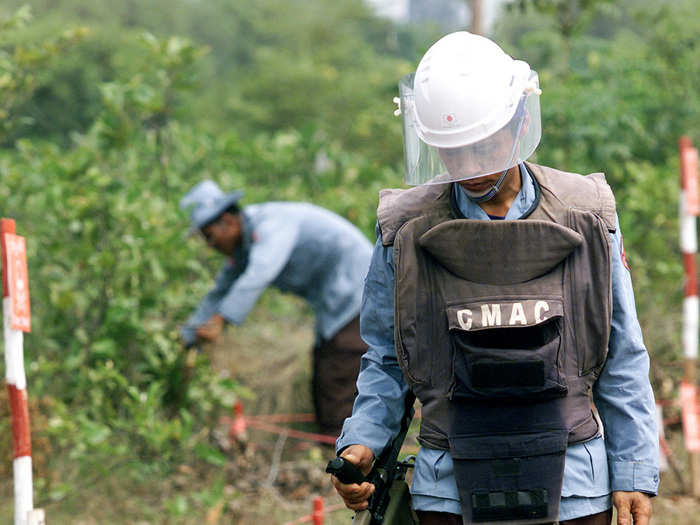
But many of these countries are beginning to use a new and adorable method of mine detection: Gambian pouched rats, which can work with anybody and can be trained to sniff out the chemical Trinitrotoluene (also known as TNT) inside the explosives. They are also light enough that they don't trip the bombs when walking over them.
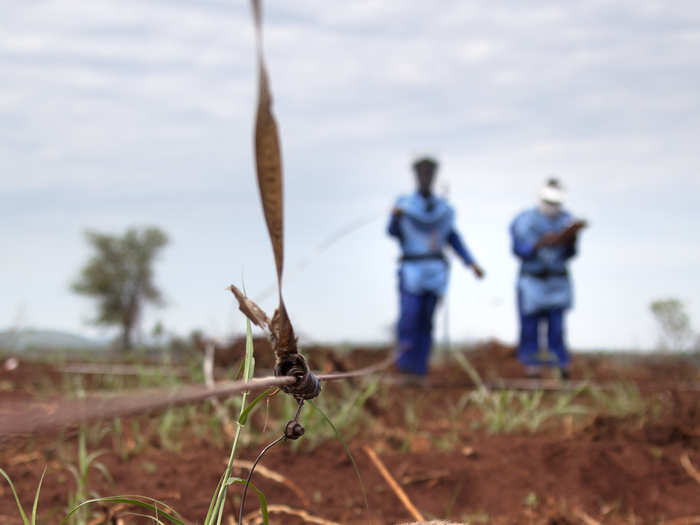
These aren't just your everyday sewer rats. These Gambian pouched rats are native to sub-Saharan Africa and can grow to more than two feet long. Their great sense of smell makes them ideal for bomb detection — plus, they are easily trained to identify individual scents, like TNT.
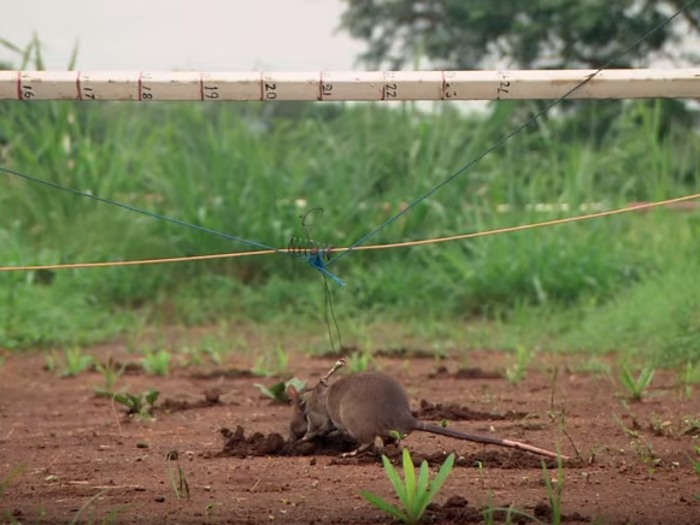
The non-profit Apopo has been training rats to find land mines and clear fields since 1998. Apopo was founded by product designer Bart Weetjens, seen below, from Belgium, who has been interested in trying to solve the landmine problem in Africa for more than 20 years.
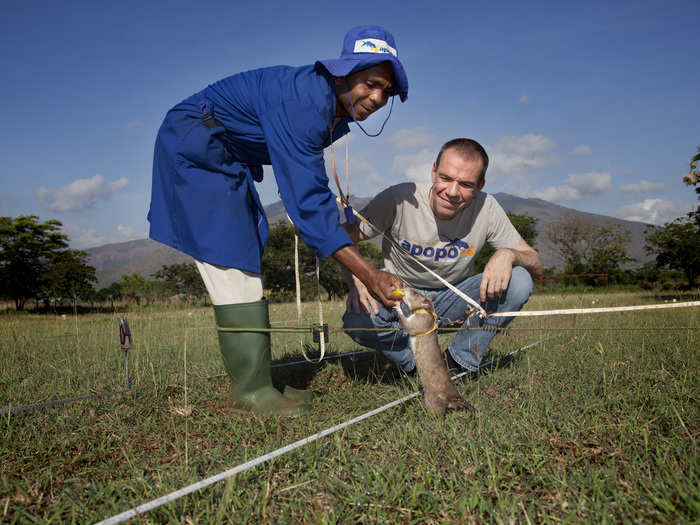
Weetjens came up with the genius idea after reading a paper in 1995 about rodent sniffing ability. In 1997, after teaming up with Ron Verhagen, a rodent expert at the University of Antwerp, he settled on using Gambian pouched rats as living bomb sniffers.
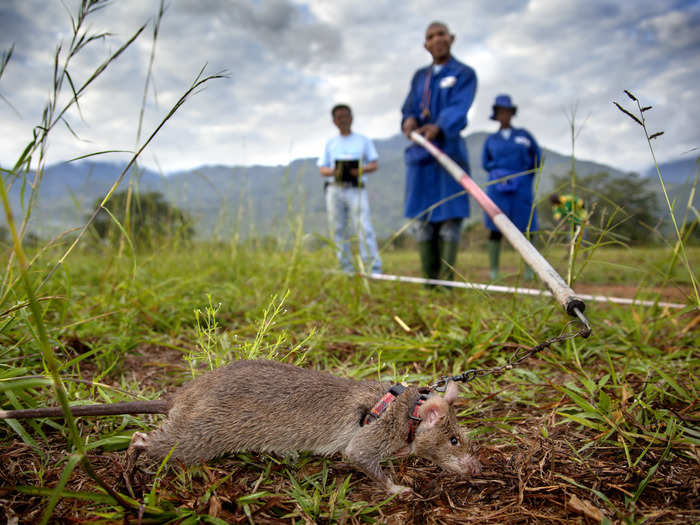
The rats start their training at birth, learning to detect the smell of the TNT that’s in explosives. They must navigate test minefields and correctly identify explosives in order to earn a reward. After about nine months of training the rats are ready for deployment to mine-ridden countries all around the world.
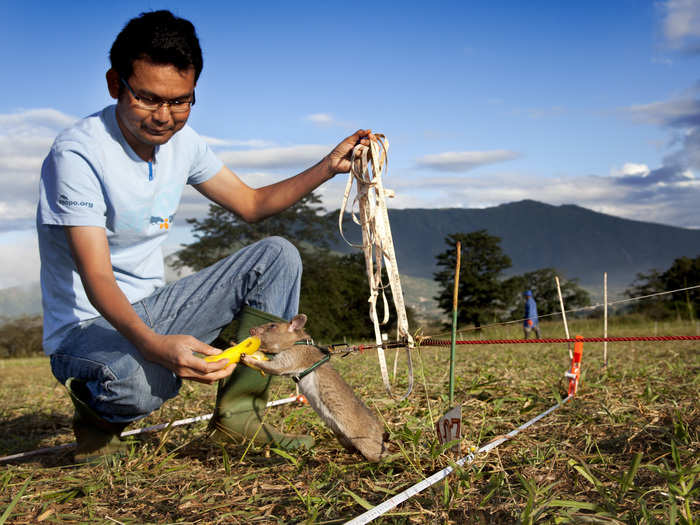
Once at a real minefield handlers hookup the rats to a pole and leash apparatus and navigate them through the field. The rats remain out in front to safely identify the mines, keeping their human handlers out of harm's way.
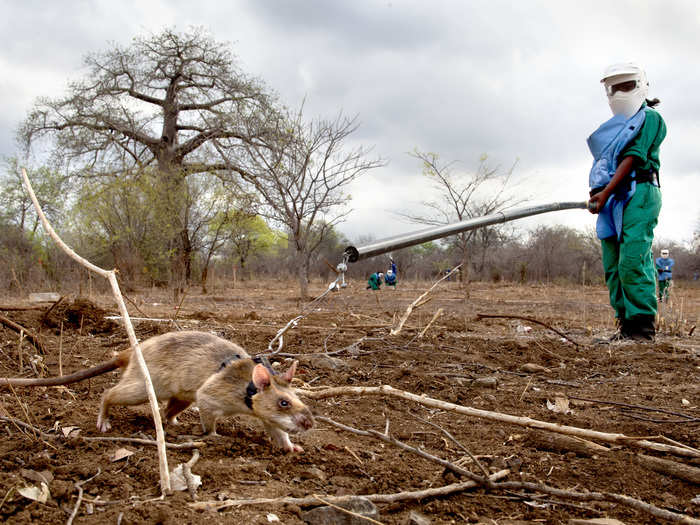
The rats work back and forth across the field sniffing for TNT. Sometimes the rats are hooked up to lines that run between big wheels that handlers easily move the rats down the field as they are done clearing the area.
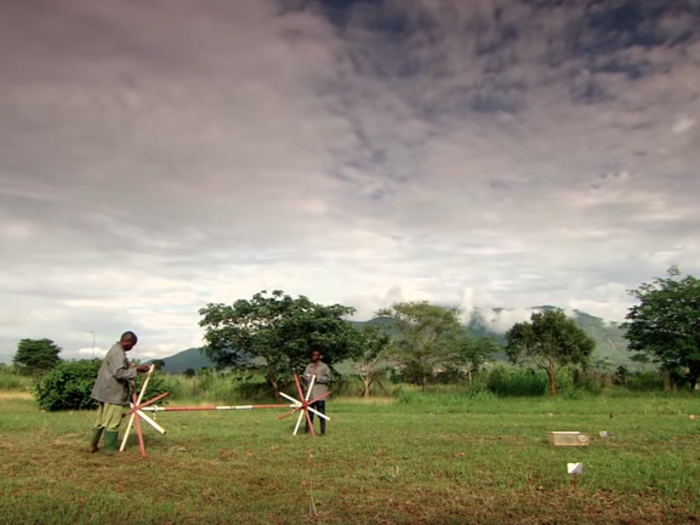
Once a rat sniffs out a mine it scratches at the spot and trained humans can then remove the mine. The rats aren't trying to dig up the mines, just mark the spot for a person to come and safely remove it, so they aren't in any danger.
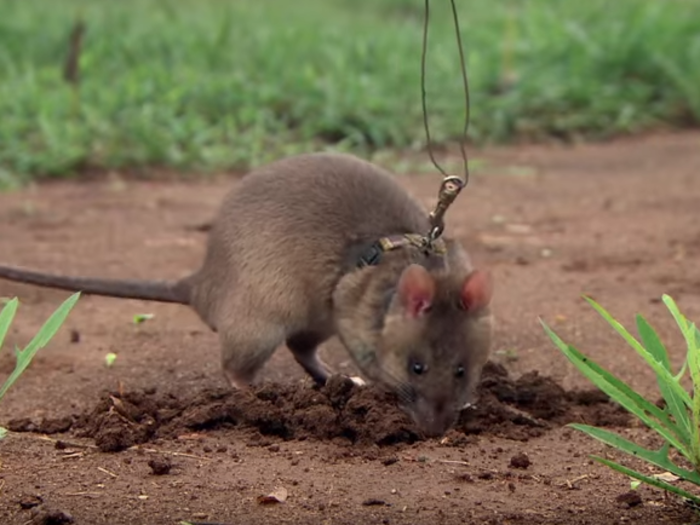
The rats are extremely accurate and efficient in clearing a mine field. While a 200 square meter field might take a human with a metal detector three days to clear, the rat can clear it in about 30 minutes.
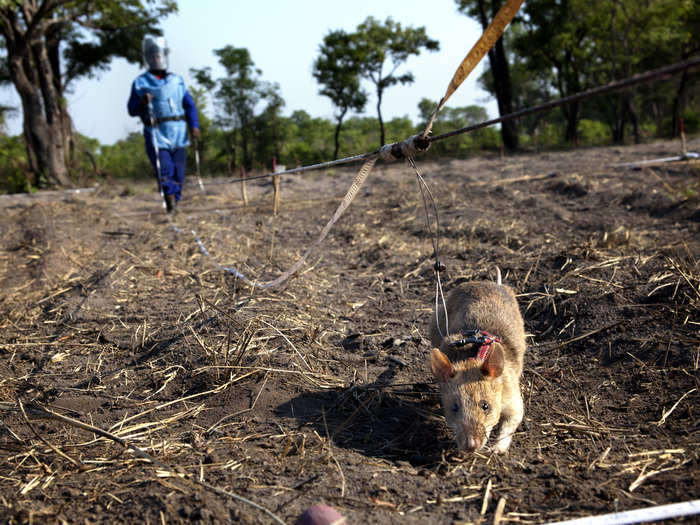
After about five years in the field the rats retire from active duty and live out the rest of their lives back in Tanzania being cared for by handlers.
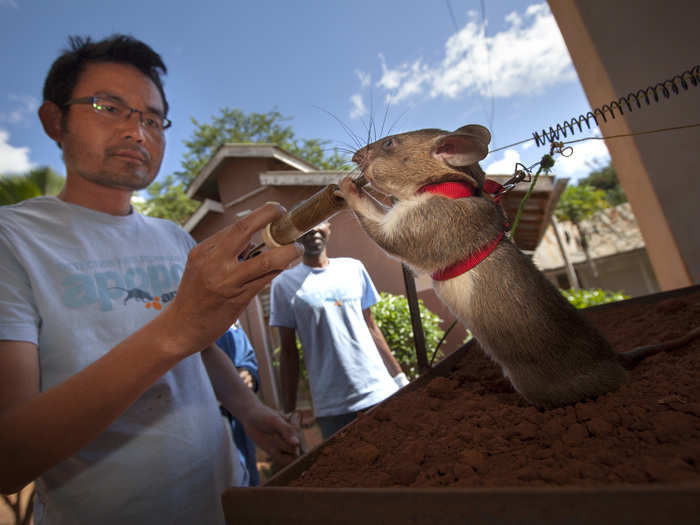
So far the rats have found over 56,000 mines and unexploded devices, cleared over 23 million square-meters of land, and gotten at least 900,000 people out of danger.
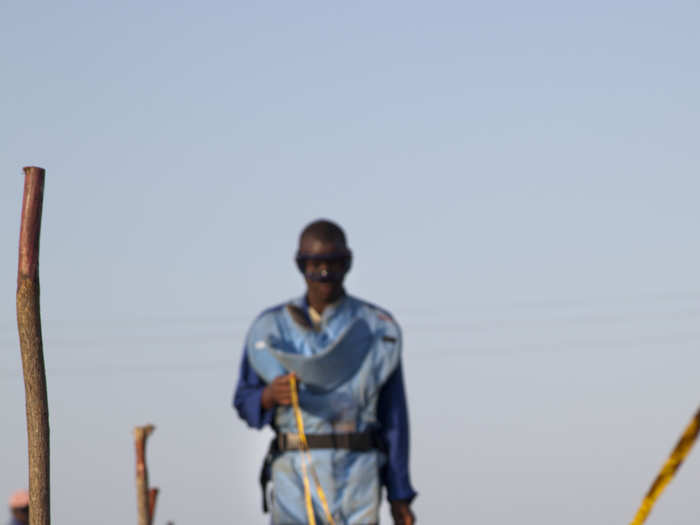
Popular Right Now
Advertisement